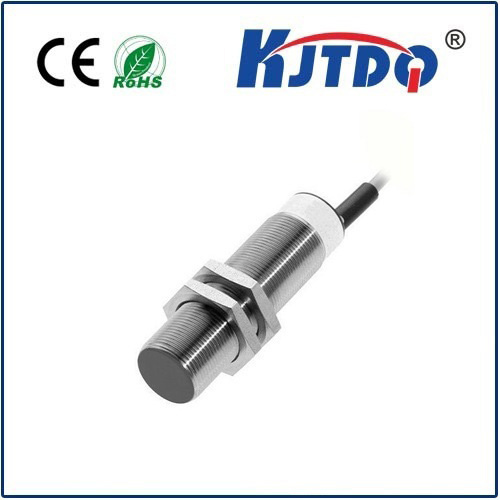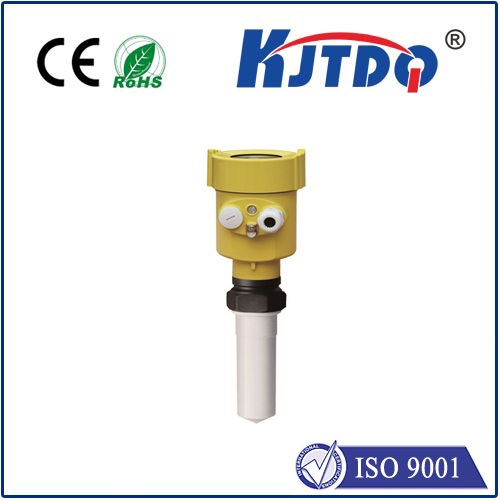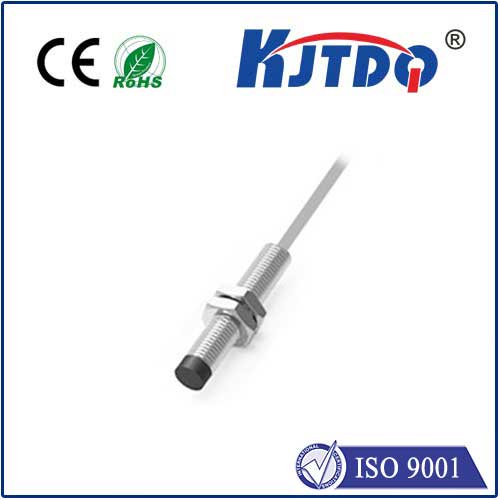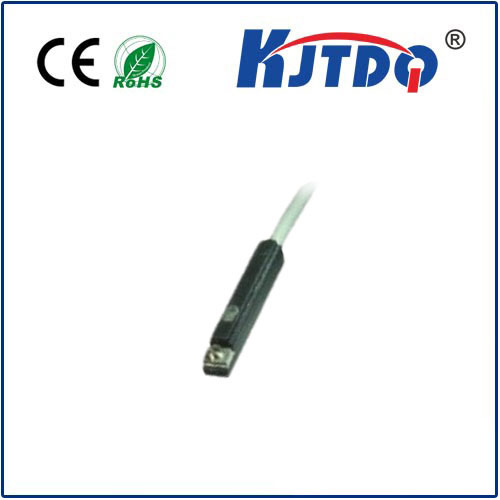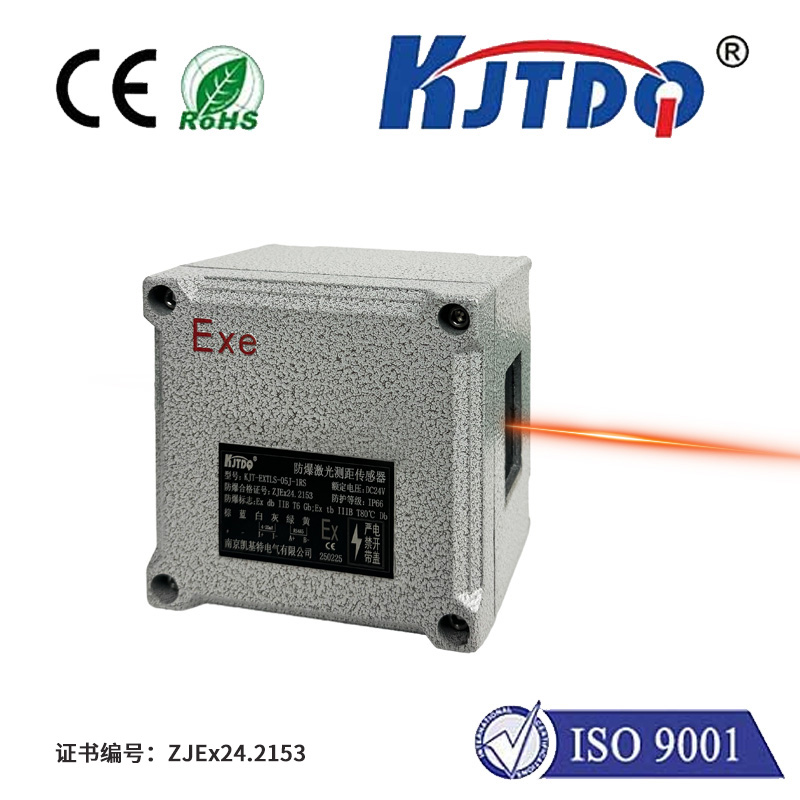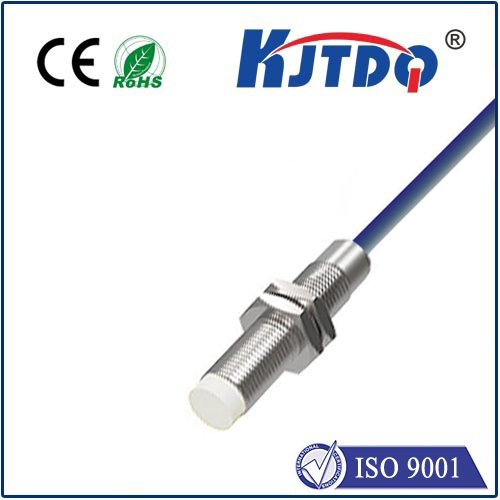E3AS-HL150MN-M1TJ 0.3M long range photoelectric sensor
- time:2025-09-25 11:14:27
- Click:0
The E3AS-HL150MN-M1TJ: Redefining Long-Range Object Detection at 0.3 Meters
Imagine needing to reliably detect objects consistently from a significant distance in a demanding industrial environment. Standard sensors falter, missing critical signals or succumbing to harsh conditions. This is where the E3AS-HL150MN-M1TJ long-range photoelectric sensor steps into the spotlight. Engineered for precision and durability, this sensor delivers an impressive 0.3-meter (300mm) sensing range, pushing the boundaries of what’s possible for reliable detection in complex applications. It’s not just about seeing farther; it’s about seeing clearly and consistently, even when others cannot.
The Challenge of Distance in Photoelectric Sensing
Photoelectric sensors are fundamental workhorses in automation, using light beams to detect presence, absence, or position of objects. While excellent for close-proximity tasks, achieving reliable detection at greater distances presents unique hurdles. Factors like ambient light interference, target color and finish variations, dust, steam, and vibration can drastically reduce the effective range and stability of standard sensors. Applications demanding detection beyond the typical short range often faced compromises – requiring setups with multiple sensors, complex alignment, frequent maintenance, or settling for detection errors. The E3AS-HL150MN-M1TJ directly addresses this gap.
Unpacking the E3AS-HL150MN-M1TJ: Power in Precision
The model name itself holds clues to this sensor’s capabilities:

- E3AS: Denotes the series, known for advanced sensing performance.
- HL: Signifies a background suppression (BGS) reflective sensor. Unlike simpler diffuse or retro-reflective types, BGS sensors measure the angle of the reflected light to determine distance. This allows them to detect objects within a specific, controlled range zone, ignoring backgrounds beyond it – crucial for the stated long range detection.
- 150: Represents the maximum sensing distance specification – 150mm is standard, but the MN suffix unlocks the extended capability.
- MN: This critical suffix indicates the long-range variant. It signifies design enhancements, likely including a more focused light beam and sophisticated optics, enabling the 0.3M sensing range specified in the title.
- M1TJ: Refers to specific connection/configuration options (M12 connector, PNP output, 3-wire, Normally Open contact).
Why 0.3 Meters Matters: Unlocking Application Potential
Achieving a reliable 0.3M (300mm) detection range with a photoelectric sensor is a significant feat. This capability unlocks solutions for numerous industrial challenges:
- Increased Mounting Flexibility: Install the sensor further away from the target path. This is invaluable in scenarios with space constraints, moving machinery parts, high temperatures near the process, or where sensor damage from collisions is a risk.
- Detection Over Larger Gaps: Monitor objects reliably on wide conveyors, across gaps in transfer lines, or through openings where close mounting isn’t feasible.
- Handling Irregular or Large Objects: Detect bulky items, pallets, or containers without needing precise positioning close to the sensor.
- Improved Safety: Maintain safe working distances by positioning the sensor away from hazardous moving parts or processes.
- Simplified Logistics and Warehousing: Detect packages or pallets on high racks, across wide aisles, or at entry/exit points without complex sensor arrays.
Beyond Range: The Hallmarks of Reliability (MN & M1TJ)
The MN designation signifies more than just range. It typically implies robustness suited for industrial environments:
- Metal Housing: The “N” often correlates with a rugged, shielded metal housing. This provides superior resistance to physical impact, vibration, and environmental stress compared to plastic-bodied sensors. Durability is paramount on the factory floor.
- Enhanced Environmental Resistance: Metal housings often contribute to better sealing, offering improved resistance against dust, moisture (often meeting IP67 standards), and chemical splashes.
The inherent background suppression (BGS) technology of the HL type is vital for utilizing the long range effectively. By focusing only on objects within its defined sensing zone (0 - 300mm), it inherently rejects background objects or surfaces beyond this point. This drastically reduces false triggers caused by machinery, walls, or passing personnel behind the target area – a common problem for long-range detection attempts with other photoelectric sensor types.
The Role of Technology: Sensing Stability at Distance
Achieving 0.3M reliably hinges on sophisticated internal technology. Key features often embedded in sensors like the E3AS-HL150MN-M1TJ include:
- Precision Optics: High-quality lenses generate a tightly focused, intense beam capable of traveling the distance and providing a strong return signal.
- Advanced Signal Processing: Specialized algorithms (implied by variants like M1TJ) are crucial. They intelligently filter out noise caused by ambient light fluctuations, minor dust, or electrical interference, ensuring stable detection even at the edge of the 0.3M range.
- High-Power LED: A potent light source ensures the beam has sufficient energy to traverse 300mm, reflect off the target with varying reflectivity, and return clearly to the receiver.
Ideal Applications for the Long-Range Specialist
Where does the E3AS-HL150MN-M1TJ truly shine? Its long-range photoelectric sensing capability makes it ideal for:
- Pallet Detection: Detecting pallets moving on conveyors, in storage racks, or at loading docks, often requiring detection across gaps or from overhead positions.
- Large Machinery Presence: Verifying the position or presence of large parts, machine doors, or assemblies where proximity sensing is impractical.
- Conveyor Gap Monitoring: Ensuring products successfully transition between conveyors spaced apart.
- Oversized or Irregular Object Handling: Detecting large boxes, crates, or non-uniform objects on production lines.
- Automated Storage and Retrieval Systems (AS/RS): Monitoring bin or pallet positions on high-density racks from a distance.
- Packaging Machinery: Detecting cartons or containers entering/leaving stations requiring sensor offset.
Optimizing Performance with the E3AS-HL150MN-M1TJ
To maximize the performance of this 0.3M long range sensor,







